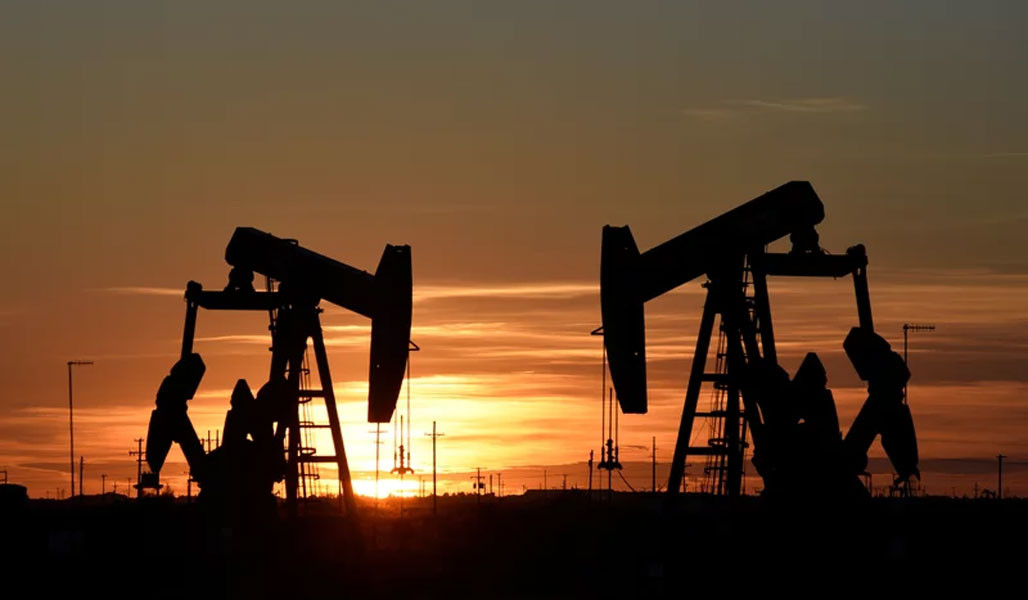
Oil and Gas Development Company Limited (OGDCL) reported to the Pakistan Stock Exchange (PSX) that the government had provisionally awarded it a block (Sehwan 2,667-19) in Sindh and another (Zindan-II 3,271-9) in Punjab with 100% working interest.
Earlier, the company participated in competitive bidding for new exploration blocks in the first week of June 2023.
“Participation in the bidding round is in furtherance to the company’s strategy to invest in core business, accelerate exploration activities and augment hydrocarbon reserves balance,” it said.
However, the available information suggests that the government received a very poor response during the competitive bidding from other domestic and foreign firms.
Only two companies including OGDCL participated in the auction, who submitted offers for three exploration and production blocks out of the 18 that were put on sale.
The state-owned firm also reported that it was currently in the process of engaging a contractor for plant installation while Sui Southern Gas Company (SSGC) was working to lay a pipeline from the Jhal Magsi plant to its network.
The company has managed to revive the plant having production capacity of 13.7 million standard cubic feet of gas per day (mmscfd) and 45 barrels of crude oil per day.
In its latest financial statement for nine months ended March 2023, OGDCL announced that its Jhal Magsi project would be completed in March 2024.
The other three oil and gas exploration projects in Balochistan, Sindh and Punjab would be completed during March-November 2024.
OGDCL’s share price increased by 2.68%, or Rs2.25, and closed at Rs86.14 with trading volumes of 11.51 million shares at the PSX on Thursday.
In the three quarters ended March 2023, the company produced an average of 33,034 barrels of crude oil per day, 765 mmcfd of gas and 732 tons of liquefied petroleum gas (LPG) per day. It contributed around 46%, 29% and 36% to the country’s oil, natural gas and LPG production, respectively.
The average daily output, however, remained low when compared with 36,173 barrels of crude oil, 828 mmcf of gas and 822 tons of LPG in the same period of last year.
The drop in production stemmed from the depletion of hydrocarbon reserves in the country. The reserves are depleting at a pace of 15% per year while no significant new oil and gas deposits have been found over the past two decades.
Oil and gas exploration firms have attributed the slowdown to the law and order situation in remote areas and the persistent delay in announcement of a new hydrocarbon exploration policy.
An expert said that energy companies had been waiting for a new exploration policy, which was likely to include new tariffs.
Existing tariffs were no more attractive, which was why the government received a poor response in the auction of exploration and production blocks in June 2023, he said.
Pakistan meets almost 70% of its energy needs through imports. The quantum of energy imports grew to one-fourth of total imports of Pakistan amounting to $55 billion in FY23.
The share of energy imports remained elevated due to high prices in the global market. Otherwise, the demand for oil and gas has declined in the country due to a substantial increase in petroleum product prices and the massive deceleration in economic activities.